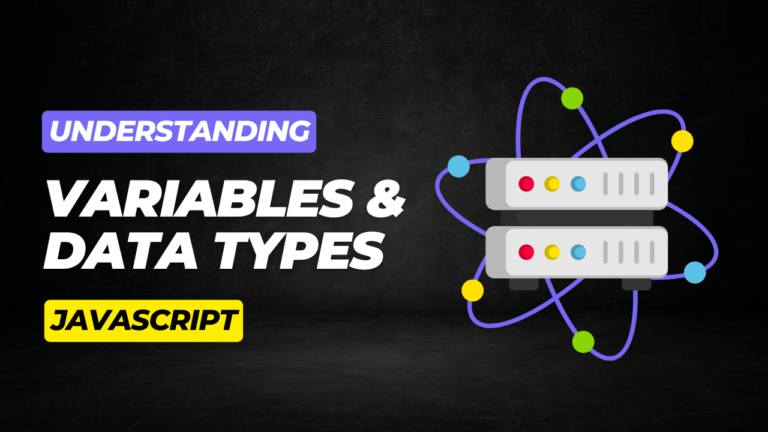Title: Mastering Asynchronous JavaScript Understanding Promises and Async/Await
Asynchronous programming in JavaScript is crucial for handling tasks like fetching data from APIs, file I/O, or delayed operations without freezing the user interface. Promises and async/await are essential tools in JavaScript to deal with asynchronous code. This guide will walk you through how promises work and how to use async/await to streamline your asynchronous programming.
Understanding Promises in JavaScript
A promise is an object that represents the eventual completion or failure of an asynchronous operation and its resulting value. It allows you to associate handlers with an asynchronous action’s success or failure.
Structure of a Promise
A promise can be in one of three states:
- Pending: The initial state—neither fulfilled nor rejected.
- Fulfilled: The operation was completed successfully.
- Rejected: The operation failed.
Example: Basic Promise
let promise = new Promise((resolve, reject) => {
let success = true;
if (success) {
resolve("Operation was successful!");
} else {
reject("Operation failed.");
}
});
promise.then(result => {
console.log(result); // "Operation was successful!"
}).catch(error => {
console.log(error); // "Operation failed."
});
In this example, resolve() moves the promise to a fulfilled state, while reject() moves it to a rejected state. The then() method is used to handle success, and catch() is used to handle errors.
Async/Await: Simplifying Promises
The async/await syntax in JavaScript simplifies working with promises and makes asynchronous code look more like synchronous code.
How async/await Works
- The
asynckeyword is added to a function to signify that it returns a promise. - The
awaitkeyword is used insideasyncfunctions to wait for a promise to resolve or reject.
Example: Using async/await
async function fetchData() {
try {
let response = await fetch('https://api.example.com/data');
let data = await response.json();
console.log(data);
} catch (error) {
console.log("Error:", error);
}
}
fetchData();
In this example, fetchData() is an async function that waits for the fetch() call to resolve. The await keyword pauses the execution of the function until the promise is settled, making the code easier to read and understand.
Handling Multiple Promises with Promise.all()
Promise.all() is a useful method when you need to wait for multiple promises to resolve. It accepts an array of promises and returns a new promise that resolves when all promises are resolved.
Example: Using Promise.all()
async function getData() {
try {
let [data1, data2] = await Promise.all([
fetch('https://api.example.com/data1').then(res => res.json()),
fetch('https://api.example.com/data2').then(res => res.json())
]);
console.log(data1, data2);
} catch (error) {
console.log("Error:", error);
}
}
getData();
Here, both fetch operations happen concurrently, and the code waits for both promises to resolve before proceeding.
Error Handling in Async Functions
Error handling with async/await is simpler compared to promises. You can use a try/catch block to catch errors that occur within await operations.
Example: Handling Errors
async function fetchData() {
try {
let response = await fetch('https://invalid-url.com');
let data = await response.json();
} catch (error) {
console.error("Failed to fetch data:", error);
}
}
fetchData();
In this example, if the fetch fails, the error is caught by the catch block, making error management more streamlined.
Conclusion
Understanding promises and async/await is critical for handling asynchronous operations in JavaScript. Promises provide a flexible structure for managing async tasks, while async/await allows for cleaner, more readable code. By mastering both, you can efficiently manage complex asynchronous workflows in your applications.






